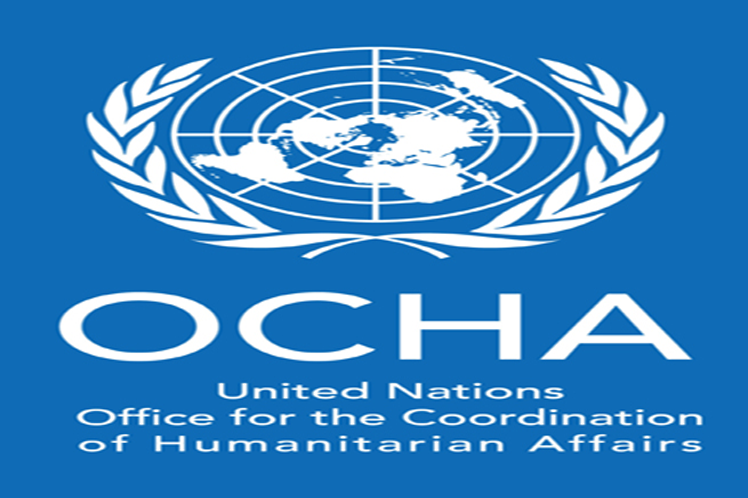The United Nations Office for the Coordination of Humanitarian Affairs (OCHA) indicated that, of that total affected, 3.5 million people will go to the acute phase of food needs from next May, with about 640,730 in an emergency situation.
After noting that many households in Somalia are experiencing an increase in the food consumption gap and suffer the erosion of their capacity to face the situation, the OCHA specified that the adverse social scenario is affected by the delay of the rains in the October to December season.
In addition to the drought, recurrent climatic disturbances such as floods, disease outbreaks, including Covid-19, and the increase in poverty are also an influence.
Among the states most affected by the decrease in the rainfalls in recent times are Jubaland, Southwest and Galmadug (central regions) and parts of Puntland, as reported by the Hiiraan.com digital portal.
Somalia, where more than 70 percent of the population lives below the poverty line, has more than 2.9 million internally displaced people as a result of natural phenomena, inter-community clashes and clashes between the Al-Shabab extremist group and the Army.
pgh/llp/gas/obf










